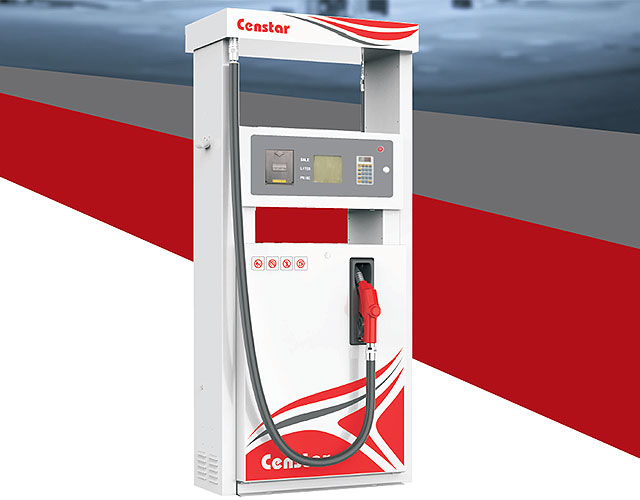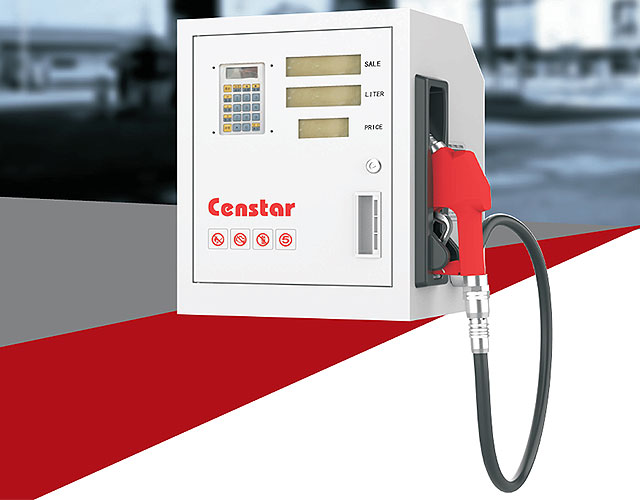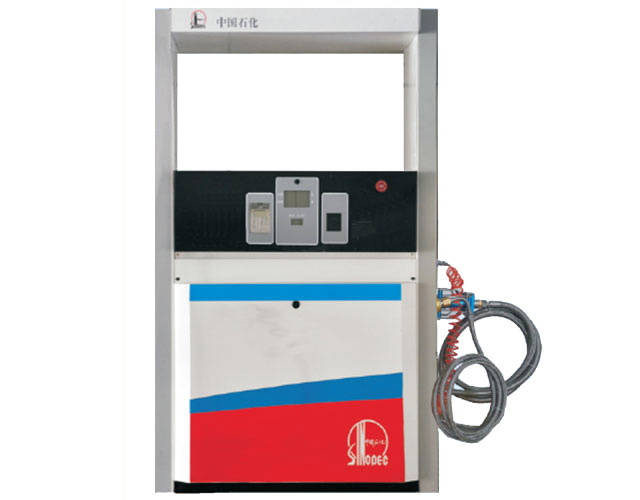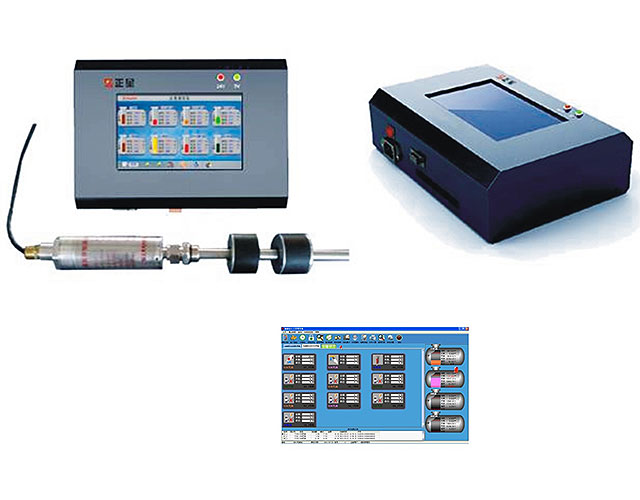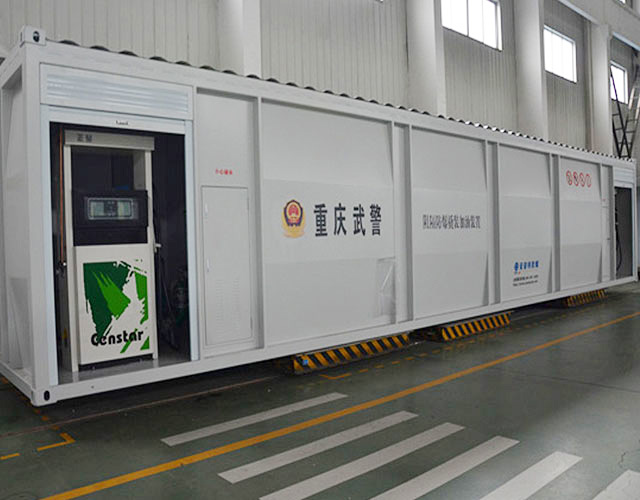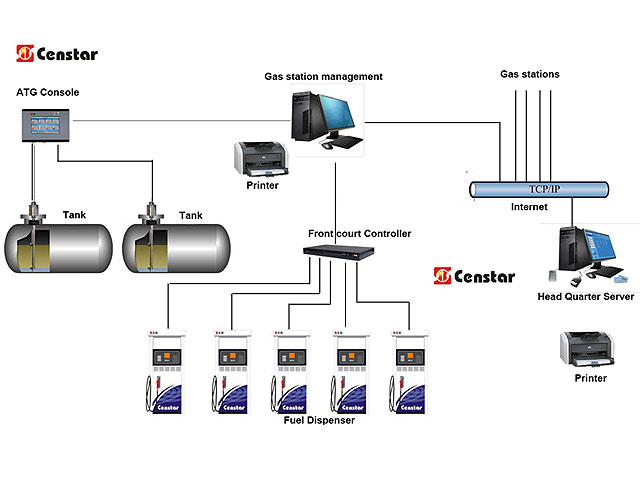natural gas letdown station energy recovery

ENERGY RECOVERY IN PRESSURE REDUCTION STATIONS OF
Energy recovery in pressure reduction stations of natural gas using turboexpanders 205 The main drawback in this case is the considerable decrease in temperature when coming out

(PDF) Use of Expansion Turbines in Natural Gas Pressure
Through the use of expansion turbines in natural gas pressure reduction stations it is possible to produce clean, green energy recovery unit utilize the potential energy of

Harvesting Pipeline Energy to Produce Electricity Power
At a typical letdown station, a pressure regulator adjusts the high pressure gas to the desired lower pressure level. In the process, energy is lost; energy that, if captured, could be used for other purposes. Reducing the gas pressure with a throttling valve also results in

Turbo expanders IPIECA
Turbo expanders, also referred to as expansion turbines, provide a way to capture the energy lost in natural gas facilities and refineries. Turbo expanders have a range of applications, but this template focuses on the use of turbo expanders for energy recovery and power generation.

NV Energy Generating Resources
One Nevada Transmission Line Intertie. Winnemucca Tonopah Reno Ely Las Vegas Elko Battle Mountain. Chuck Lenzie Generating Station • North of Las Vegas • 1,102 MW. Clark Mountain Combustion Turbines • Sparks • 132 MW. Edward W. Clark Generating Station • Las Vegas • 1,102 MW. Fort Churchill Generating Station • Yerington • 226 MW.

Turboexpanders: Harnessing the Hidden Potential of Our
The utilization of a high capacity turboexpander requires a gas pressure letdown facility with the capacity to drive a large turbine. Several factors bear on the size turbine a gas pressure letdown facility can drive, which in turn bear on the amount of energy any gas pressure letdown facility can be expect to produce.

Gas Letdown Generators Anax Power
Gas Letdown Generators Gas letdown Generators (GLG) use the flow of natural gas to generate electricity in a similar way to how the flow of water generates energy in a water mill. Turboexpanders are a type of gas letdown generators that generate power through pressure reduction in

Gas Letdown Generator and CoGen System Langson Energy
Langson Energy’s Gas Letdown Generator TM or GLG TM is an economically viable solution to energy recovery applicable to natural gas pressure reduction stations and city gates. Paired with a cogeneration system that inherently creates heat that can be utilized by the GLG to return gas at desired temperatures, the challenges previously encountered in exploiting the tremendous kinetic energy lost

a Small Scale Pressure Recovery System Semantic Scholar
The installed capacity is estimated as 204.7 kW in a domestic natural gas letdown station 1. Introduction With the development of the national economy, the demand on energy supply is also increasing by 10% annually [1]. Natural gas is currently extensively used all over the world because it is an important, clean, and secure fossil fuel.

Construction Of Fuel Cell Facility In Glastonbury
The energy recovery generator recycles energy from the gas pressure letdown process and the heat from the fuel cell. The generator should be in place by January and operational in 2016.

Vortex tube can increase liquid hydrocarbon recovery at
The operator reported no condensate fallout downstream of the vortex tube unit, leading to a reduction in the energy use for the final pressure letdown stage of approximately 50 kw (approximately

Energy Recovery Opportunity at Natural Gas Regulating
natural gas is transported through transit pipeline at high pressures. In a place of consumption or at passing into a lower pressure pipeline, the pressure of the gas must be reduced. In Iran, the common procedure of reducing pressure in natural gas station is using expansion valves, which causes the waste of large amount of energy.

Renewables and energy recovery Atlas Copco Italia
As natural gas continues to grow as a preferred energy source worldwide, pressure letdown stations are emerging as a growing field for emission free electricity generation. Atlas Copco’s patented letdown solutions help you to reduce your pressure in an economical way, harvesting true green energy.

Turbo expanders IPIECA
Baseline scenario: Use of throttle valves to reduce natural gas pipeline pressure at a city gate station. Energy efficiency project activity: Installation of a turbo expander and generator in place of a throttle valve to reduce natural gas pipeline pressure to capture the associated energy production from the natural gas expansion. The natural gas needed for preheating before expansion, and the variability of natural gas

Geothermal power: an alternate role for redundant North
Natural energy source could also enhance oil recovery. to which you can attach a hydroelectric type turbine to generate the power or electrical power from a natural gas letdown station. The twin screw turbine design from Langson Energy produces 1 MW electrical output, operating in temperatures from 350 550°F (177 288°C) and up to

Improvement of Overall Efficiency in the Gas Transmission
This study mainly focuses on enhancing the overall efficiency of gas transmission networks. The authors developed a model with detailed characteristics of compressor and pressure reduction stations. Following this, they suggested three different systems with gas turbine including: organic rankine cycle (ORC), air bottoming cycle (ABC), and ABC along with steam injection (SI ABC).

THIS IS ADVANCED ENERGY: Waste Energy Recovery
Waste Energy Recovery (WER) describes any process in which energy that would typically be “thrown away” is captured and put to use. In broad terms, there are three types of waste energy sources suitable for recovery: waste heat, excess pressure in steam and other industrial processes that is normally dissipated, and residual fuel value in industrial process streams (purge

WASTE ENERGY RECOVERY FROM GAS EXPANSION IN
• Natural gas is distributed at high pressure to minimize the losses, but the end user need it at a lower pressure. • Expansion rbines u lise e pressure drop to recovery e energy a o erwise would be los . • The pressure reduction is usually obtained by a pilot controlled pressure

Turboexpanders: Harnessing the Hidden Potential of Our
Turboexpanders: Harnessing the Hidden Potential of Our Natural Gas Distribution System Many of the innovations in green energy involve the recapture of otherwise wasted energy. Regenerative breaking systems on hybrid automobiles recapture the kinetic energy inherent in the motion of the vehicle.

FuelCell Energy, Inc. UIL Holdings Displays Industry and
The new megawatt Direct FuelCell (DFC®) Energy Recovery Generator (DFC ERG ®) plant will be manufactured and installed by FuelCell Energy, Inc. at a gate station owned by UIL subsidiary Connecticut Natural Gas Corporation, where natural gas is converted from high to low pressure.


